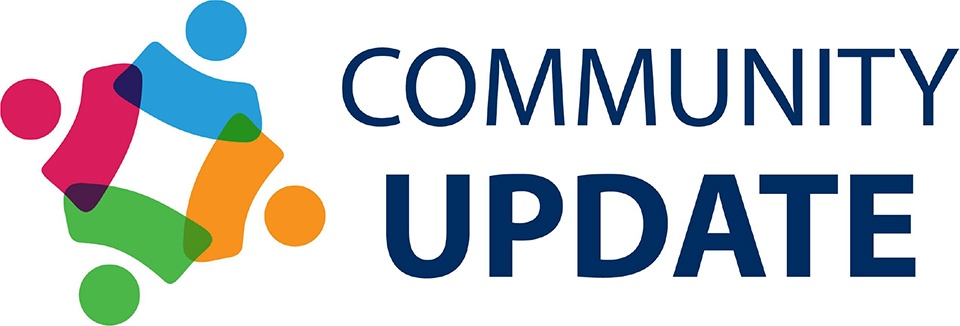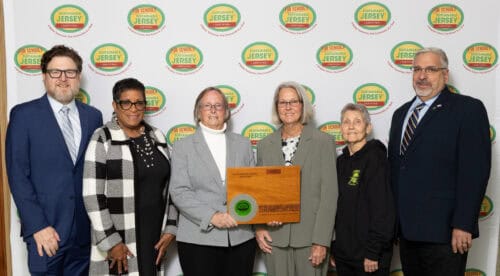New Summer EBT Benefits Program

New Jersey is one of the 35 states that will be participating in the USDA’s new Summer Electronic Benefit Transfer (Summer EBT) program to provide more food availability to children and families in need during the summer months, beginning this year.
States will provide families with $120 per eligible child for the summer to buy food at grocery stores, farmers markets, or other authorized retailers—similar to how SNAP benefits are used. According to USDA estimates, New Jersey will have well over 500,000 children eligible for Summer EBT for a total distribution of nearly $65 million in federal food security benefits.
“No child or family should have to worry about where their next meal is coming from,” said New Jersey Assistant Secretary of Agriculture Joe Atchison III. “This is an important step in bridging food security gaps for all New Jersey families.”
This new program is made possible by Federal and State cost-sharing, with some additional funding provided by the New Jersey Food Security Initiative (NJFSI) through the Food Research and Action Center (FRAC) and the Robert Wood Johnson Foundation.
Eligible students will be certified through their school districts, which must participate in the National School Breakfast and Lunch Programs. Eligible students must meet the income threshold for federal free and reduced-price meals, including those who attend schools that provide free meals to all students through the Community Eligibility Provision (CEP). Additionally, students who are enrolled in SNAP, TANF, or foster care will be eligible for Summer EBT, regardless of where they attend school.
Information about New Jersey’s Summer EBT program, including eligibility criteria and how to apply, can be found on the State’s newly created Summer EBT website at: nj.gov/summerebt/.
The USDA estimates that, in total, the states, U.S. territories, and tribes that have committed to launching the Summer EBT program in 2024 will serve close to 21 million children, providing a total of nearly $2.5 billion in grocery benefits. This is around 70 percent of the total population of children eligible for Summer EBT. The USDA expects additional states and tribes will provide Summer EBT in 2025.
Rigorous evaluations of a multi-year demonstration project showed that providing Summer EBT cards to eligible students reduced child hunger and improved diet quality. Summer grocery benefits decreased the number of kids with very low food security by about one-third and supported healthier diets featuring more fruits, vegetables, and whole grains.
During the COVID-19 Public Health Emergency, States, certain Indian Tribal Organizations, and territories operated a temporary program similar to Summer EBT, which demonstrated the potential of expanding the program nationwide. Research found that this program decreased children’s food hardship by 33 percent after benefits were issued and lifted between 2.7 to 3.9 million children out of hunger. This new Summer EBT program builds off Pandemic EBT which provided $1.5 billion in federal food security benefits to NJ families from 2020-2023.








